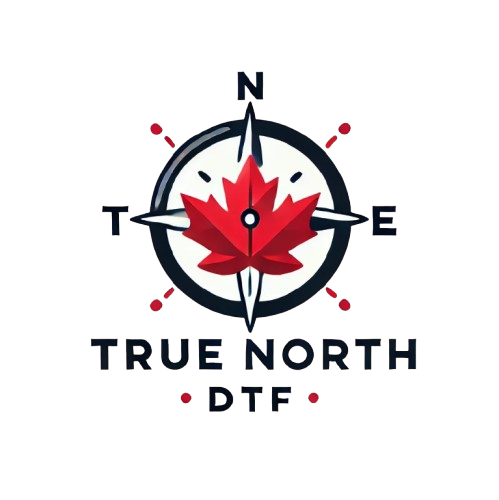FAQs
What is DTF (Direct to Film)?
DTF is a printing process that transfers full-color images to various materials using a wide format printer and PET transfer film with water-based pigmented ink. It involves white ink for adhesion and curing in a dryer
What kind of files should I use for DTF?
Use 300 DPI transparent PNG files. Ensure no pixelation, high resolution, and a transparent background.
What makes a good transfer?
A good transfer depends on the quality of the printer, consumables, knowledge of the process, and proper curing. It starts with high-resolution, transparent artwork.
Is Direct to Film better than sublimation?
DTF is faster, more versatile, and supports more fabric types than sublimation.
What is UV DTF transfer?
UV DTF (Direct to Film) transfer is indeed a specialized printing method where UV-curable ink is printed directly onto a specially coated film. After the ink is applied, UV light cures it, creating vibrant and durable prints with a high level of detail. This method is particularly versatile since it allows for transferring designs onto various non-porous surfaces, such as glass, metal, and plastic, without needing heat pressing or pretreatment. The cured ink creates a long-lasting, scratch-resistant print with excellent color accuracy and resolution, making it suitable for both intricate designs and high-volume production.
What are the benefits of DTF transfers?
DTF transfers are affordable, versatile, stretchy, durable, and don't crack. They work well with dry-fit polyester apparel.
How do I apply a DTF transfer?
Cut the transfer, place it on the prepressed garment, apply 6 KG of pressure at 330°F for 10 seconds, and peel the film.
How long will the transfer last on the apparel?
A properly produced transfer should last well beyond 50 washes. Issues affecting durability include bad consumables, under-cured transfers, and improper pressing.
How is DTF different from other printing methods like screen printing, DTG, dye sublimation, or HTV?
DTF offers vibrant color transfers, doesn't require pretreatment, doesn't involve weeding, has no color or fabric limitations, and doesn't need high temperatures.
